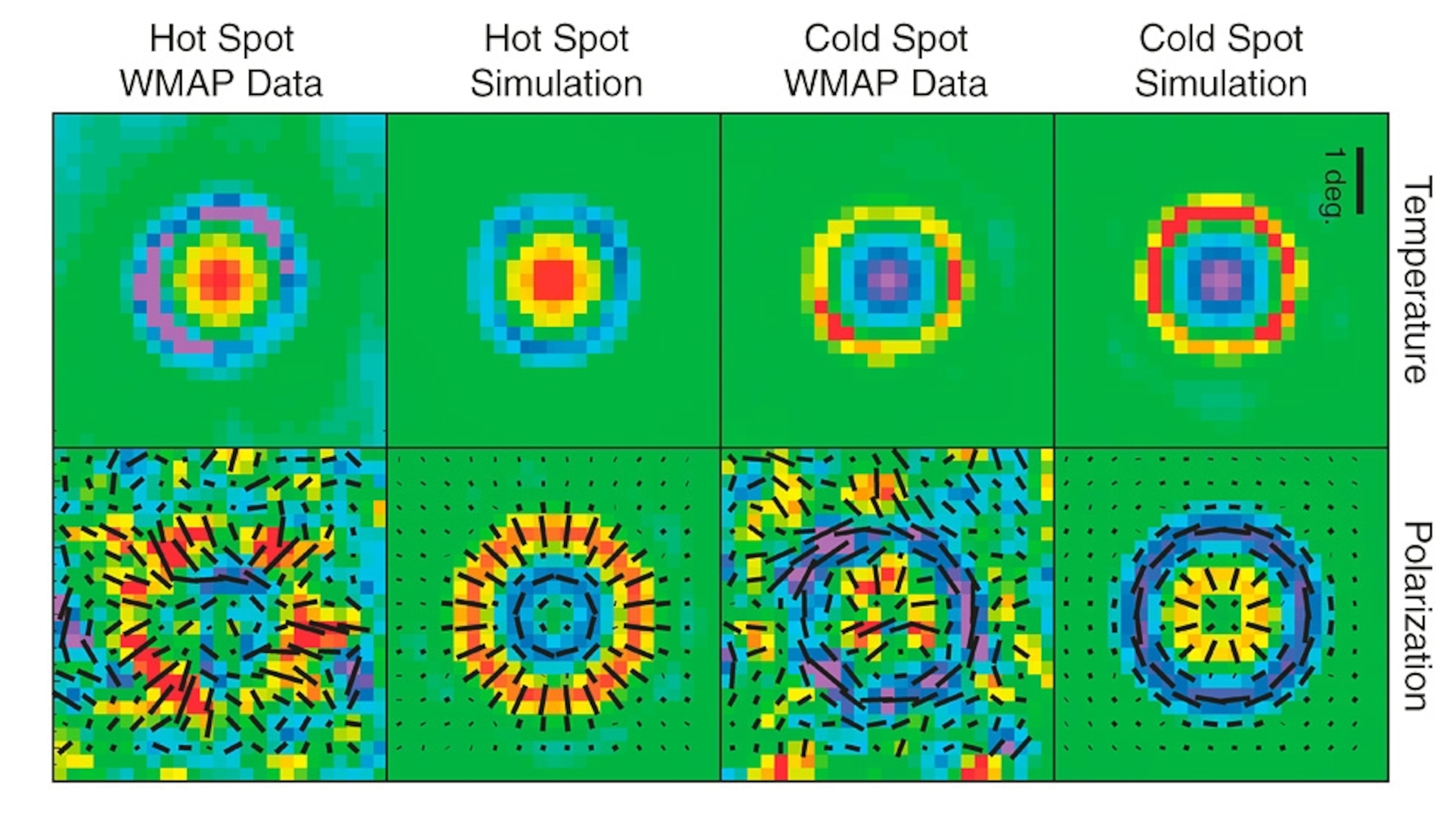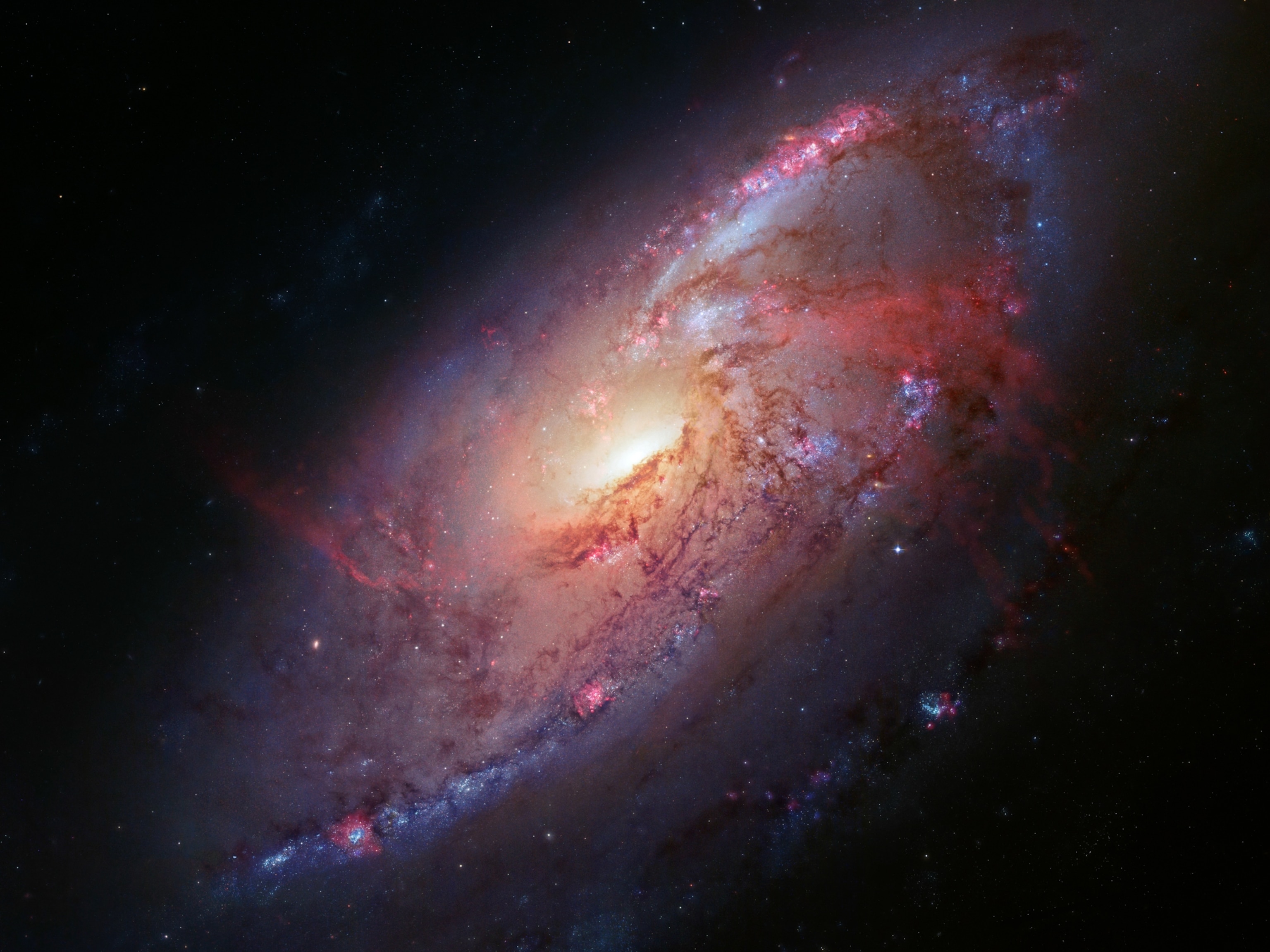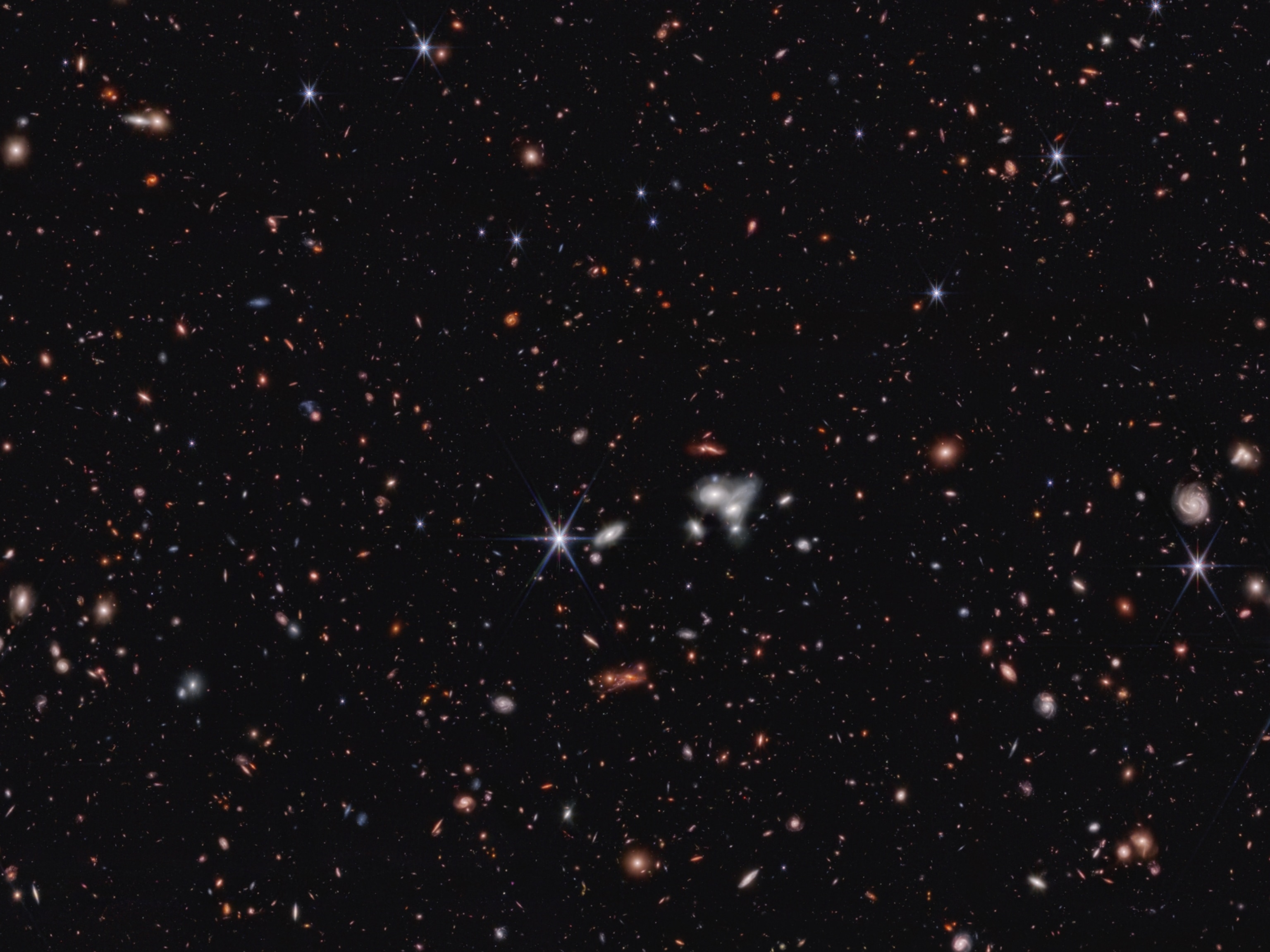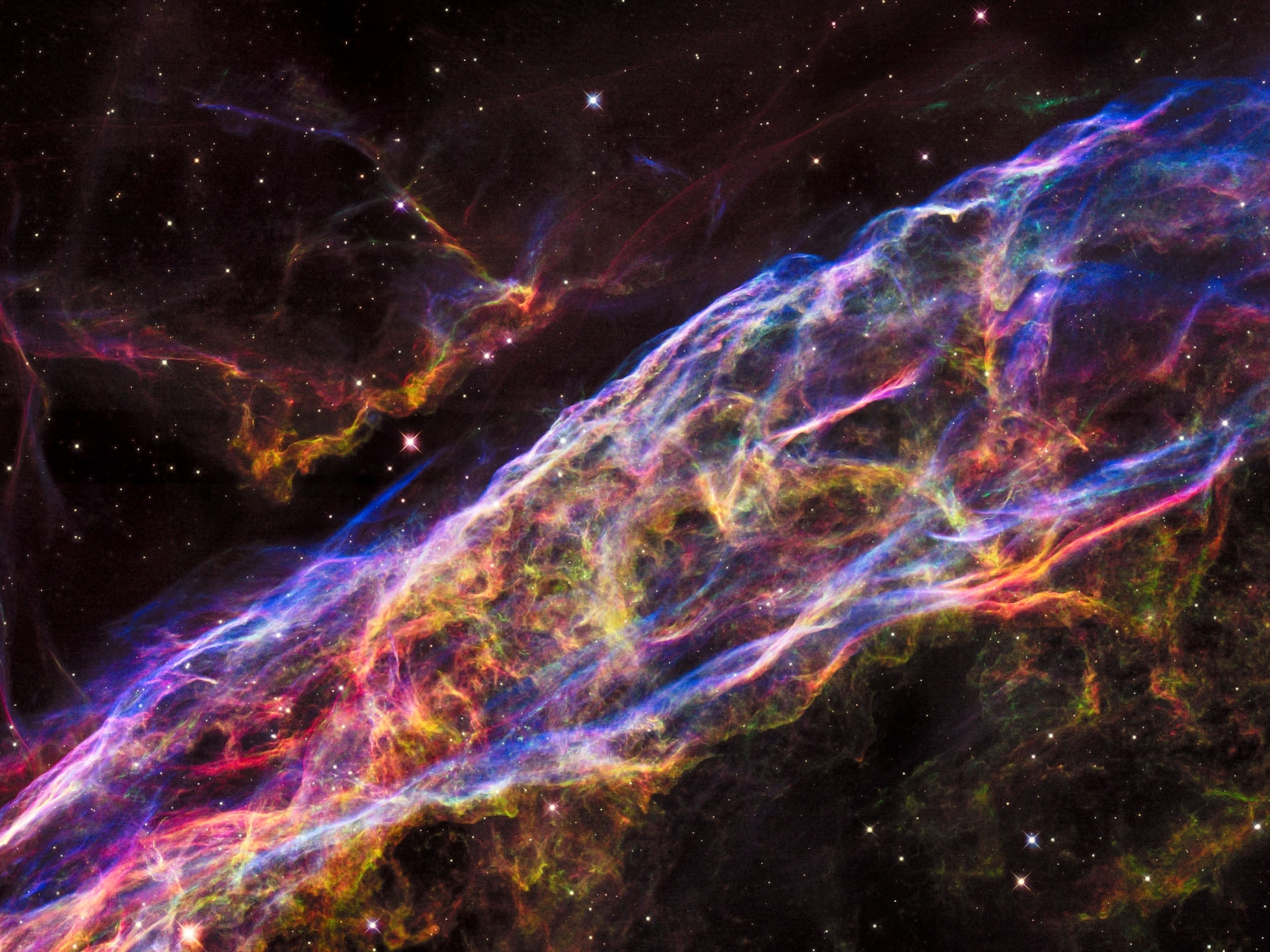
Universe 20 Million Years Older Than Thought
The most accurate measurement yet of the age of the universe could help researchers solve cosmic mysteries such as dark matter and dark energy, a new study says.
If you want to celebrate the universe's birthday, you might need to add a few more candles to the cake.
That's because our universe is about 20 million years older than thought, according to the most accurate measurement yet made of the universe's age.
The data are the latest from the Wilkinson Microwave Anisotropy Probe (WMAP), a satellite launched in 2001 that has been mapping what's known as the cosmic microwave background radiation. This "afterglow of creation" is believed to be radiation emitted as matter began to cool 400,000 years after the big bang created the universe.
(Related: "Nobel Prize in Physics Awarded to Two U.S. Cosmologists.")
The faint, almost uniform radiation is coming from every direction in the sky, and it can be picked up from billions of light-years away. By mapping the cosmic microwave background, WMAP is literally creating a picture of the early years of the cosmos.
Universe's Fingerprint?
With precise enough measurements, scientists can detect slight variations in temperature in this primordial light: hot and cold spots that eventually formed the seeds of galaxies.
By matching the size of the spots—as well as other WMAP data—to hundreds of millions of mathematical models of the universe, researchers can determine which model best matches reality.
"I like to describe it as a fingerprint," said study co-author Charles Bennett, an astrophysicist at Johns Hopkins University in Baltimore, Maryland.
"We can make a bunch of computer simulations of universes that all look different," by inputting different values for the unknowns, such as the exact age and the amount of dark matter.
"Then we have a mug book of these simulations"—an astrophysical version of a collection of mug shots used to help witnesses identify criminals—"and our fingerprint, which is our map of the sky," he said. "We just look to see what matches, and we say, That's what our universe looks like."
Based on seven years of WMAP data, Bennett and colleagues concluded that the universe is 13.75 billion years old, give or take 0.11 billion. Previous calculations using the same methods but fewer data had said the universe is 13.73 billion years old, give or take 0.12 billion.
Twenty million years might seem short, in the grand scheme of things. But the new, more tightly defined age will give scientists a better shot at solving some of the great mysteries of the universe, such as dark matter and dark energy.
"You can't just measure stuff and put together a model and say, Oh, that's our universe, and stop there," Bennett said. "The big question is, as we measure more carefully, does the model break or does it need something else?"
(Related: "Unknown 'Structures' Tugging at Universe, Study Says.")
"By squeezing down on the values of all these things [like the universe's age] we are squeezing down on other things, like dark energy. The better we know the values of these things, the better we understand dark energy."
The findings are part of a suite of WMAP papers published online in January at the scientific preprint Web site arXiv.org.





